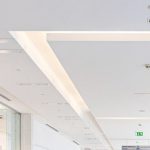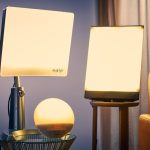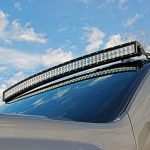LED Lighting 101: A Quick Guide on How to Easily Replace Your Fluorescent Light Fixture
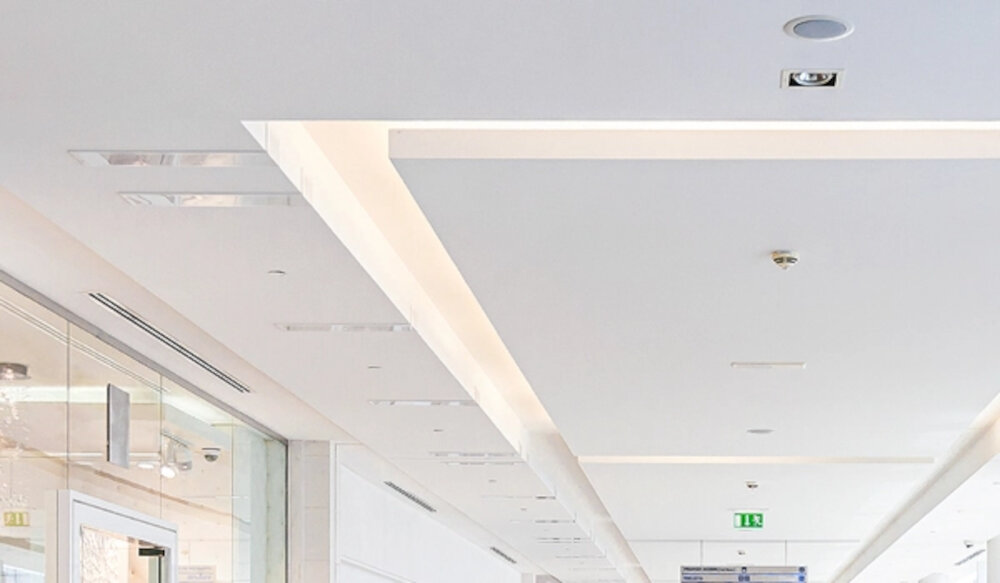
Lighting is an essential component of every home or office space. It serves not only as a source of illumination but also contributes to the overall ambiance and mood of the environment. With the advent of modern technology, light-emitting diodes (LEDs) have become a popular lighting option for homeowners and business owners alike. The benefits of using LED lighting are numerous, including energy efficiency, cost-effectiveness, and long-lasting durability. In this guide, we will explore the basics of LED lighting and provide a step-by-step guide on how to replace your fluorescent light fixture with an LED one. Fluorescent light fixtures have been the go-to lighting option for many years. However, they have several drawbacks, including high energy consumption, short lifespan, and toxic chemicals used in their manufacturing process. LED lighting, on the other hand, is a more eco-friendly and sustainable lighting option that has gained popularity in recent years. With its low energy consumption and long-lasting lifespan, LED lighting is the perfect replacement for your fluorescent light fixtures. This guide will provide you with all the information you need to know about LED lighting and how to replace your old fluorescent fixtures with new, energy-efficient LED ones.
LED lighting has become increasingly popular due to its numerous benefits. First and foremost, LED lights are energy-efficient and consume less electricity compared to traditional lighting systems. This translates to lower energy bills, making them a cost-effective option over the long term. Additionally, LED lights last longer, with an average lifespan of up to 50,000 hours, which is significantly longer than fluorescent bulbs. LED lights are also more durable and resistant to shocks and vibrations, making them a perfect choice for areas with high foot traffic or rough handling. Furthermore, LED lights produce brighter and more vivid light, improving visibility and creating a more comfortable environment. Lastly, LED lights are environmentally friendly, as they do not contain harmful chemicals like mercury and are recyclable.
Replacing a fluorescent light fixture with LED lights may seem daunting at first, but it’s actually a relatively simple process. First, turn off the power to the light fixture by switching off the circuit breaker or removing the fuse. Next, remove the old fixture by unscrewing the screws or twisting the fixture to release it from the ceiling. Then, attach the LED light fixture to the wiring by connecting the wires according to the manufacturer’s instructions. Finally, secure the new fixture to the ceiling by screwing it in place or using a mounting bracket. LED lights are more energy-efficient, longer-lasting, and better for the environment than fluorescent lights, making the switch a smart choice for any home or business.
Choosing the Right LED Light
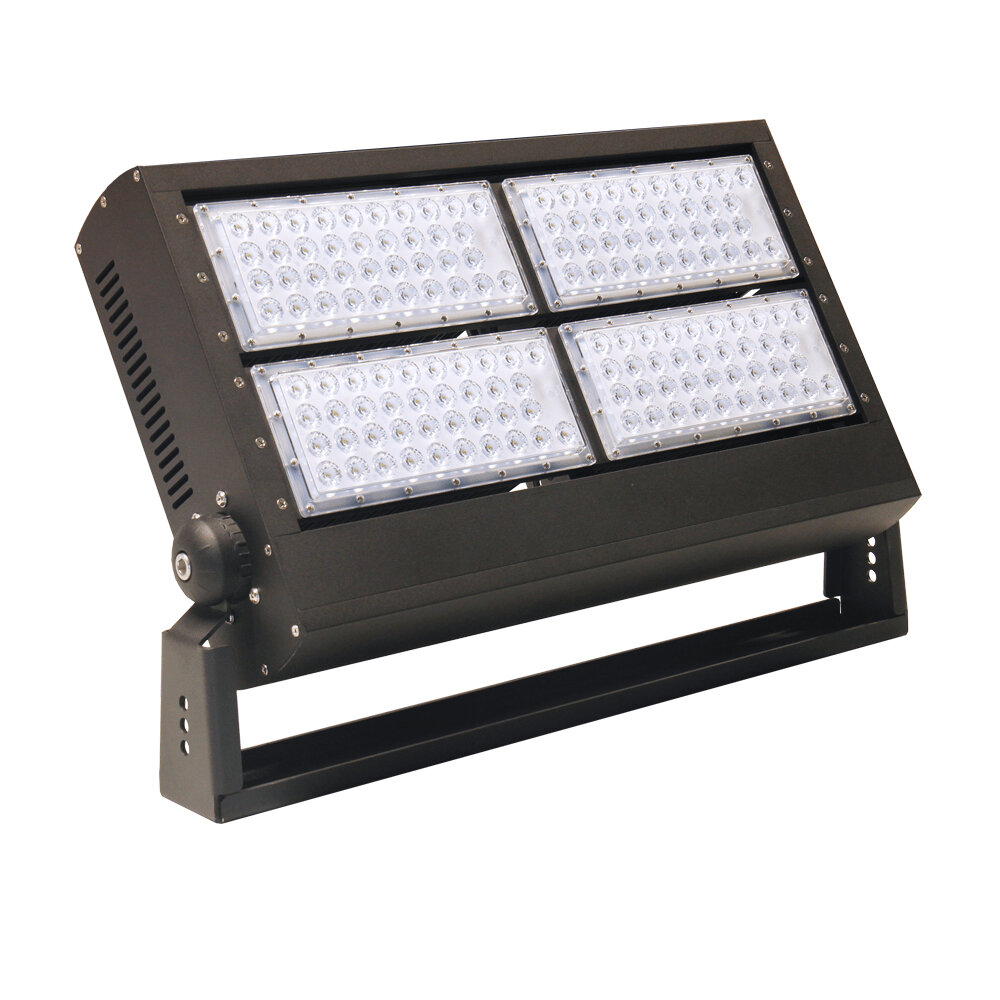
Choosing the right LED light for your home or office is a crucial decision that can make a significant difference in your energy bills and overall lighting experience. Before making your purchase, it is essential to consider factors such as the color temperature, lumens, and wattage of the LED bulb. The color temperature of an LED bulb determines the warmth or coolness of the light emitted, with warmer temperatures ranging from 2700K to 3000K, and cooler temperatures ranging from 3500K to 5000K. Consider selecting a color temperature that suits your preference and the room’s purpose. For instance, a warmer temperature is suitable for a cozy living room, while a cooler temperature is ideal for task lighting in a workshop or office. Another factor to consider when choosing LED lights is the lumens and wattage of the bulb. Lumens measure the brightness of the bulb, with higher lumens indicating brighter light. Wattage, on the other hand, measures the amount of energy consumed by the bulb. It is advisable to choose an LED bulb with high lumens and low wattage since it will produce brighter light while consuming less energy, leading to reduced energy bills. Additionally, consider the bulb’s lifespan and warranty period to ensure that you are getting value for your money. Ultimately, choosing the right LED light will improve your lighting experience and reduce your energy bills.
There are several types of LED lights available in the market, each with its unique features and benefits. The most common types include A-shaped bulbs, which are designed to replace traditional incandescent bulbs, and BR bulbs, which are often used for recessed lighting. Another popular option is the LED tube lights, which are commonly used to replace fluorescent tube lights. Additionally, there are also LED strip lights, which can be used for decorative purposes, and LED panel lights, which are often used in commercial settings. Each type of LED light has its own set of advantages, including energy efficiency, long lifespan, and low maintenance costs, making them a popular choice for both residential and commercial lighting needs.
When choosing LED lights for your space, there are several factors to consider. First, it’s important to choose the right color temperature for your needs. LED lights come in a range of color temperatures, from warm white to cool white, and each can have a different effect on the mood and feel of your space. Secondly, consider the brightness of the LED bulbs, which is measured in lumens. The right brightness will depend on the size of your room and the intended use of the space. In addition, it’s important to choose high-quality LED bulbs that are energy-efficient and have a long lifespan. Finally, consider the design of the LED lights, as they can come in a variety of shapes and sizes to suit your specific needs and preferences.
Removing the Fluorescent Light Fixture
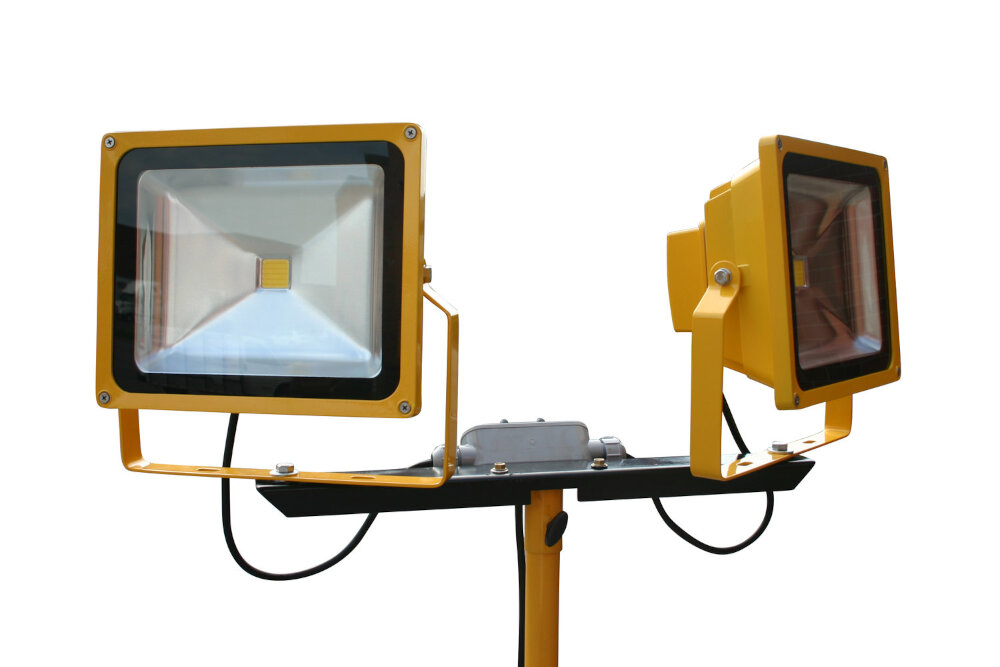
Fluorescent light fixtures might have been the go-to option in the past, but with the advancements in technology, LED lighting has taken over the market. LED lights are energy-efficient, long-lasting, and environment-friendly. Therefore, it is time to upgrade your lighting fixtures by removing that old fluorescent light fixture. Removing a fluorescent light fixture might seem like a daunting task, but it is relatively simple if you follow the right steps. Firstly, make sure that the power supply to the fixture is turned off. Next, remove the plastic cover from the fluorescent fixture by pushing up on one end and pulling it down. Once you have access to the fixture, remove the bulbs and then unscrew the fixture from the ceiling. Be careful not to damage the wires while removing the fixture. After successfully removing the fluorescent light fixture, it is time to install your new LED fixture. The first step is to connect the wires from the new fixture to the wires from the ceiling. You will need to connect the black wire to the black wire and the white wire to the white wire. Once the wires are connected, secure the fixture to the ceiling using screws. Next, install the LED bulbs in the fixture and replace the plastic cover. Finally, turn the power supply back on and test your new LED light fixture. With these simple steps, you can easily remove your old fluorescent fixture and upgrade to a more efficient LED light fixture. Not only will this upgrade save you money on your energy bills, but it will also help reduce your carbon footprint.
If you want to replace your old fluorescent light fixture with a new LED one, it’s essential to remove the old fixture safely. Start by turning off the power to the fixture at the circuit breaker. Next, remove the light bulbs and take out the screws that hold the fixture in place. Carefully disconnect the wires by unscrewing the wire nuts and separating the wires. If the wires are too short, you may need to use wire strippers to expose more of the wire. Once all the wires are disconnected, remove the old fixture from the ceiling. Be sure to dispose of the old fixture properly and safely.
When it comes to handling and disposing of fluorescent bulbs, it’s important to take certain precautions to avoid potential health and environmental hazards. First and foremost, always handle them with care and avoid breaking them as they contain small amounts of mercury, which can be harmful if inhaled. When it’s time to dispose of them, check with your local recycling center or hazardous waste facility to see if they accept fluorescent bulbs. If they don’t, contact your local government for guidance on how to dispose of them properly. Never throw fluorescent bulbs in the trash as they can release toxic chemicals into the environment. By taking these simple steps, you can help protect both yourself and the planet.
Installing the LED Light Fixture
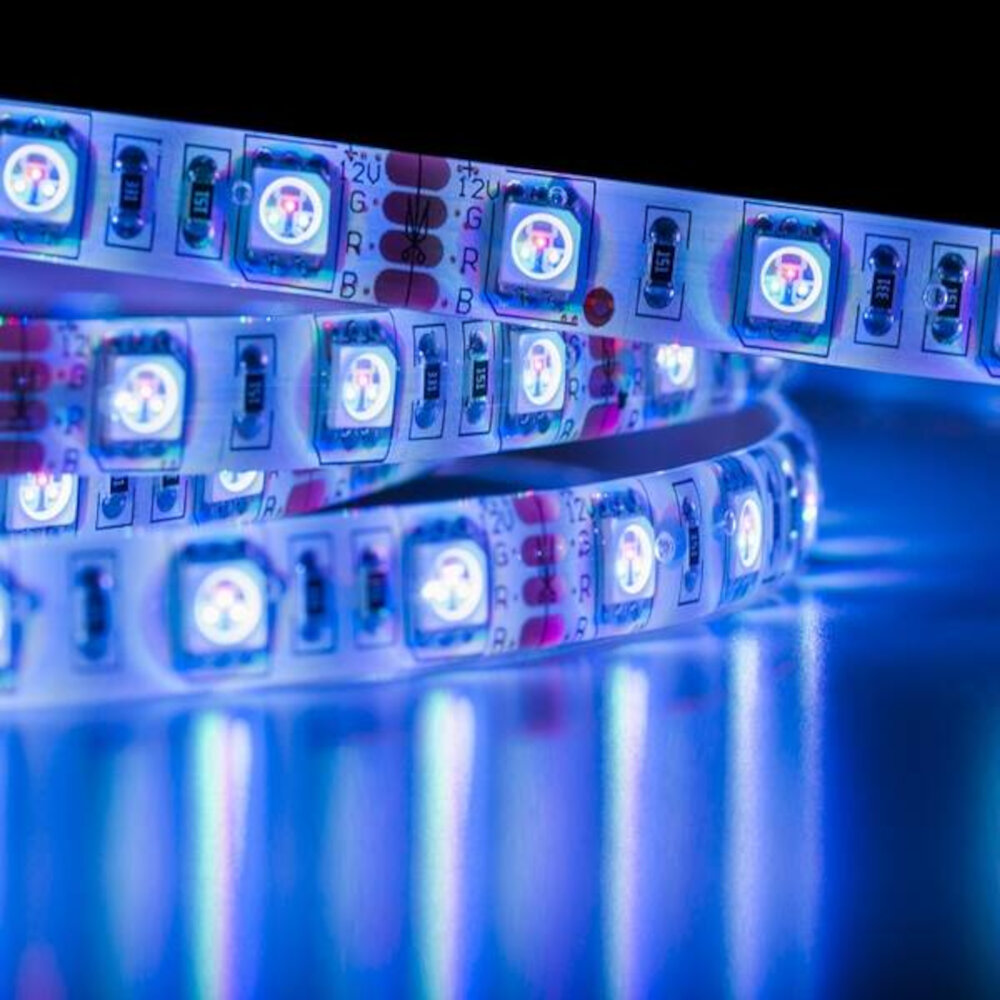
Installing an LED light fixture is a simple and straightforward process that doesn’t require any special skills or tools. First, you need to turn off the power to the existing light fixture by flipping the circuit breaker or removing the fuse that controls it. Then, remove the old fixture by unscrewing it from the ceiling or wall and disconnecting the wiring. Make sure to keep track of which wires are connected to which terminals so that you can reconnect them properly later on. Next, you need to install the mounting bracket for the LED light fixture. This is usually done by screwing it into the electrical box in the ceiling or wall. Once the bracket is securely in place, you can attach the wiring for the new fixture to the wires in the electrical box. Typically, this involves connecting the black wire to the black wire, the white wire to the white wire, and the green or bare wire to the grounding screw. Finally, you can attach the LED light fixture to the mounting bracket and turn the power back on to enjoy your new, energy-efficient lighting.
To install a new LED fixture, the first step is to turn off the power supply to the existing fixture. Next, remove the fluorescent light fixture by unscrewing the screws and disconnecting the wires. Then, connect the wires of the new LED fixture to the wires in the electrical box, making sure that the connections are secure. After that, mount the new LED fixture onto the ceiling or wall using the provided mounting hardware. Finally, turn on the power supply and test the new LED fixture to ensure that it is working properly. With these simple steps, you can easily replace your outdated fluorescent light fixture with a modern and energy-efficient LED fixture.
Proper wiring and placement of LED fixtures is crucial for ensuring their optimal performance and longevity. Firstly, it is essential to read the manufacturer’s instructions and follow them carefully to avoid any damages or electrical faults. Secondly, make sure that the wiring is done correctly and use high-quality wires and connectors to prevent any voltage drops or short circuits. Thirdly, the fixture’s placement should be aligned with the room’s lighting needs and aesthetics, avoiding any obstructions or interference with other electrical devices. Lastly, it is advisable to hire a licensed electrician to handle any complex wiring or installation tasks and ensure compliance with the local electrical codes and safety standards. By following these tips, you can ensure that your LED fixtures operate efficiently and safely, providing you with long-lasting and energy-efficient lighting solutions.
Enjoying Your New LED Lighting
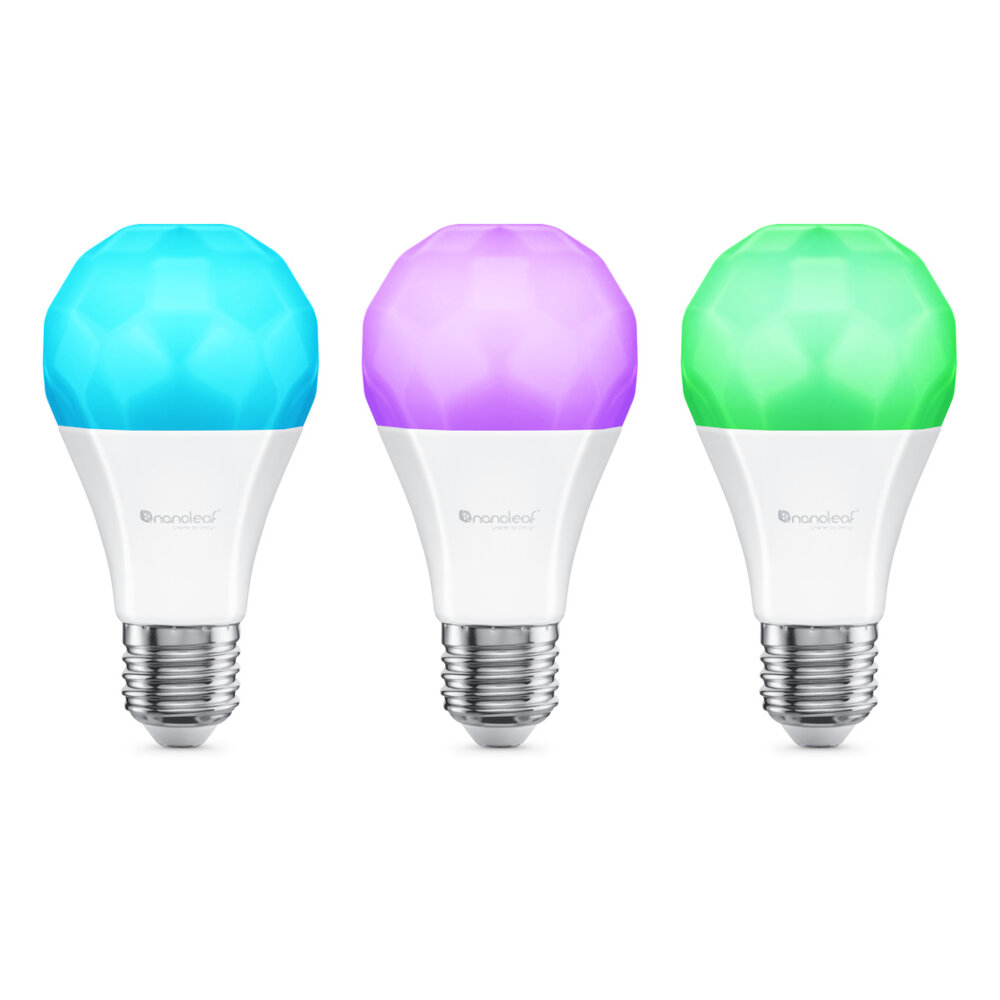
Congratulations on making the switch to LED lighting! Not only are you doing your part to save energy and reduce your carbon footprint, but you’re also upgrading your space with a sleek, modern look that will last for years to come. Now that you’ve installed your new LED fixtures, it’s time to sit back and enjoy the benefits. One of the most notable benefits of LED lighting is the improved quality of light. LEDs produce a bright, white light that is similar to natural daylight, making it easier to see and work in your space. Plus, LED lighting is highly customizable, allowing you to adjust the brightness and color temperature to suit your needs. Whether you’re looking to create a warm, inviting ambiance in your living room or a bright, energizing workspace in your office, LED lighting can help you achieve the perfect lighting environment. So, sit back and relax, knowing that you’ve made a wise investment in the future of your space and the planet.
The benefits of LED lighting are numerous, making it a popular choice for those looking to upgrade their lighting fixtures. One of the major advantages of LED lighting is its energy efficiency. Compared to traditional incandescent bulbs, LED lights use up to 80% less energy, resulting in significant cost savings on electricity bills. Additionally, LED lights have an incredibly long lifespan, lasting up to 25 times longer than traditional bulbs. This not only saves money on replacement bulbs but also reduces the amount of waste in landfills. LED lights are also known for their durability and resistance to breakage, making them a reliable and low-maintenance option for homeowners and businesses alike.
When replacing fluorescent light fixtures with LED lighting, it’s important to optimize the new lighting for maximum effect. Here are some tips to help you do just that. First, choose the right color temperature for your space. A warmer temperature is ideal for living rooms and bedrooms, while a cooler temperature is better for workspaces and kitchens. Next, consider the brightness level you need. Too little light can cause eye strain, while too much can be harsh and uncomfortable. Also, make sure to position your LED lights in a way that eliminates shadows and evenly illuminates the room. Finally, select high-quality LED bulbs that are energy-efficient and long-lasting to ensure maximum effectiveness and cost-savings.
LED lighting has revolutionized the lighting industry over the past decade. These energy-efficient bulbs are not only cost-effective, but they also have a longer lifespan compared to traditional lighting options. LED lights emit less heat, making them safer to use and reducing the need for air conditioning. They are also eco-friendly, as they do not contain hazardous materials like mercury. In addition, LED lights come in a variety of colors and styles, making them ideal for any home or commercial setting. By replacing your fluorescent light fixture with LED lighting, you can save money on energy bills while enjoying the many benefits of this innovative technology.
If you’re looking for a more sustainable and cost-effective lighting solution, then it’s time to make the switch to LED lights. Not only do LED lights last longer than traditional fluorescent bulbs, but they’re also much more energy-efficient, using up to 75% less energy. This means that you’ll save money on your energy bills over time, and you’ll also be reducing your carbon footprint by using less electricity. Additionally, LED lights are much safer to use than traditional bulbs, as they don’t contain any hazardous materials like mercury. So, if you want to save money, reduce your impact on the environment, and enjoy safer lighting, then it’s time to make the switch to LED lights.
Conclusion
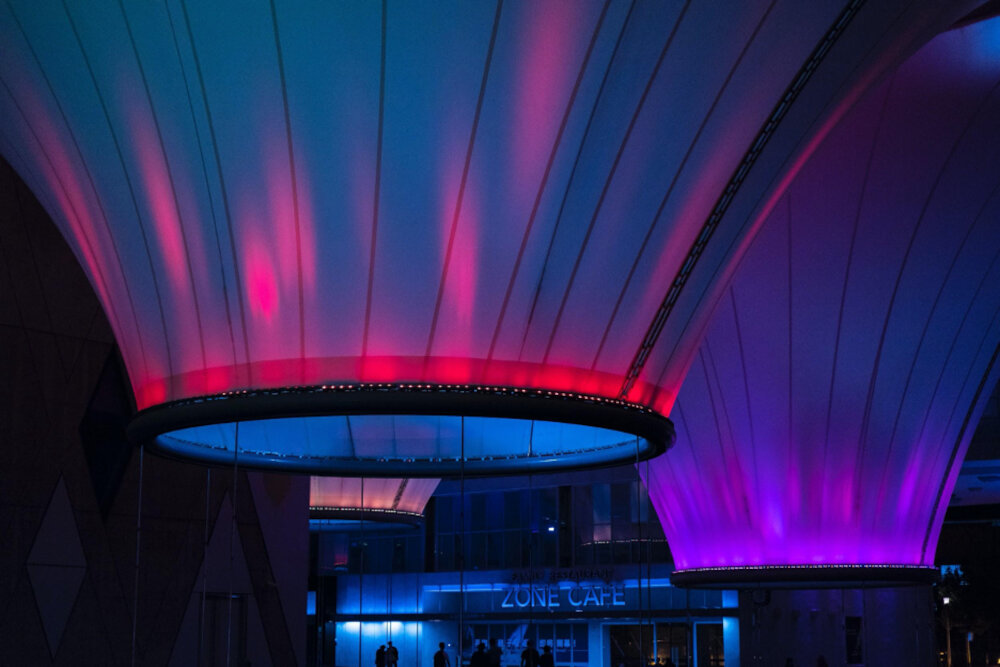
In conclusion, LED lighting is an energy-efficient and cost-effective alternative to traditional fluorescent lighting. By following the simple steps outlined in this quick guide, anyone can easily replace their fluorescent light fixture with LED lighting. LED lights offer a longer lifespan, better light quality, and can significantly reduce energy costs. With the growing concern for environmental sustainability and energy conservation, switching to LED lighting is a small yet impactful step towards a greener future. So, don’t hesitate to make the switch and enjoy the many benefits that LED lighting has to offer.


